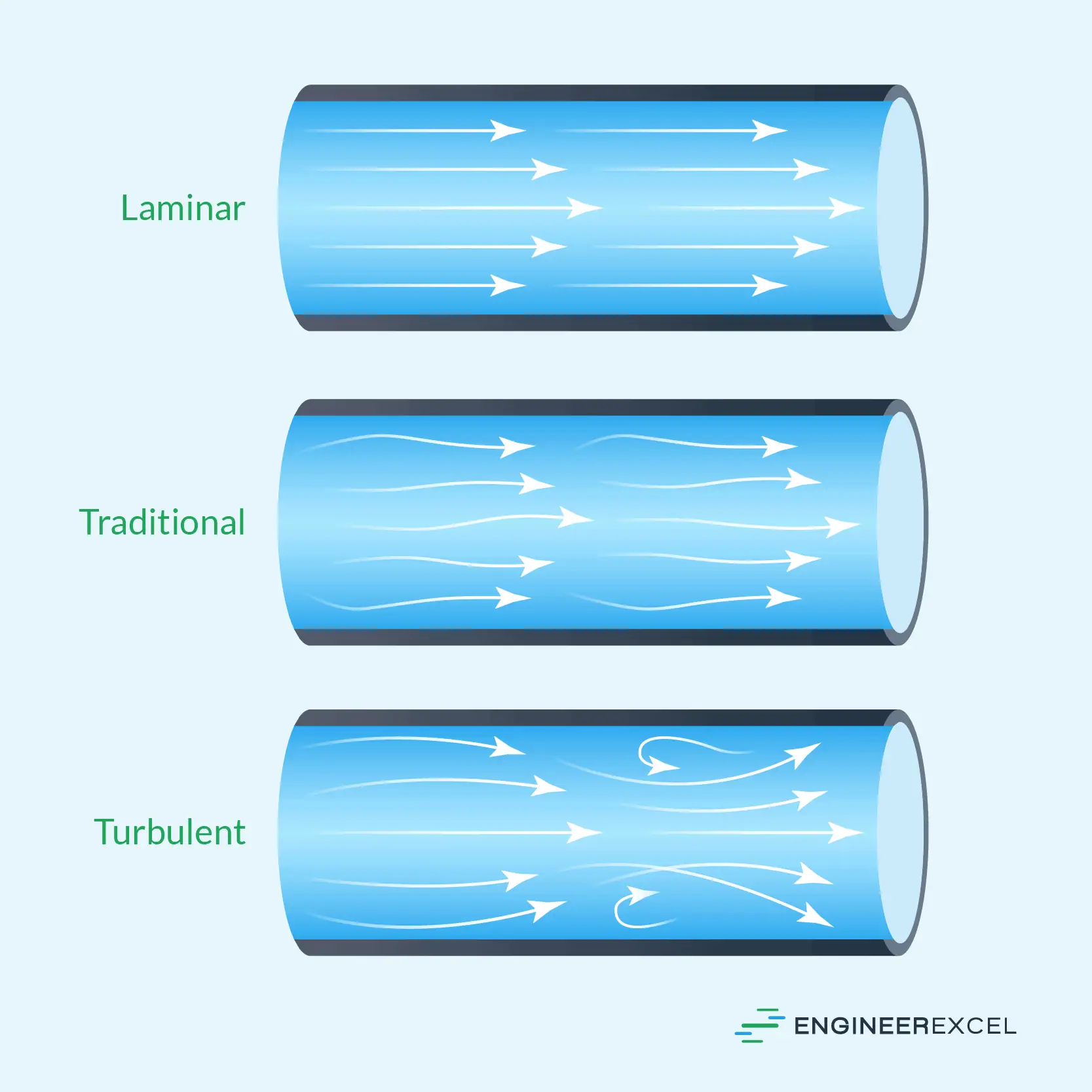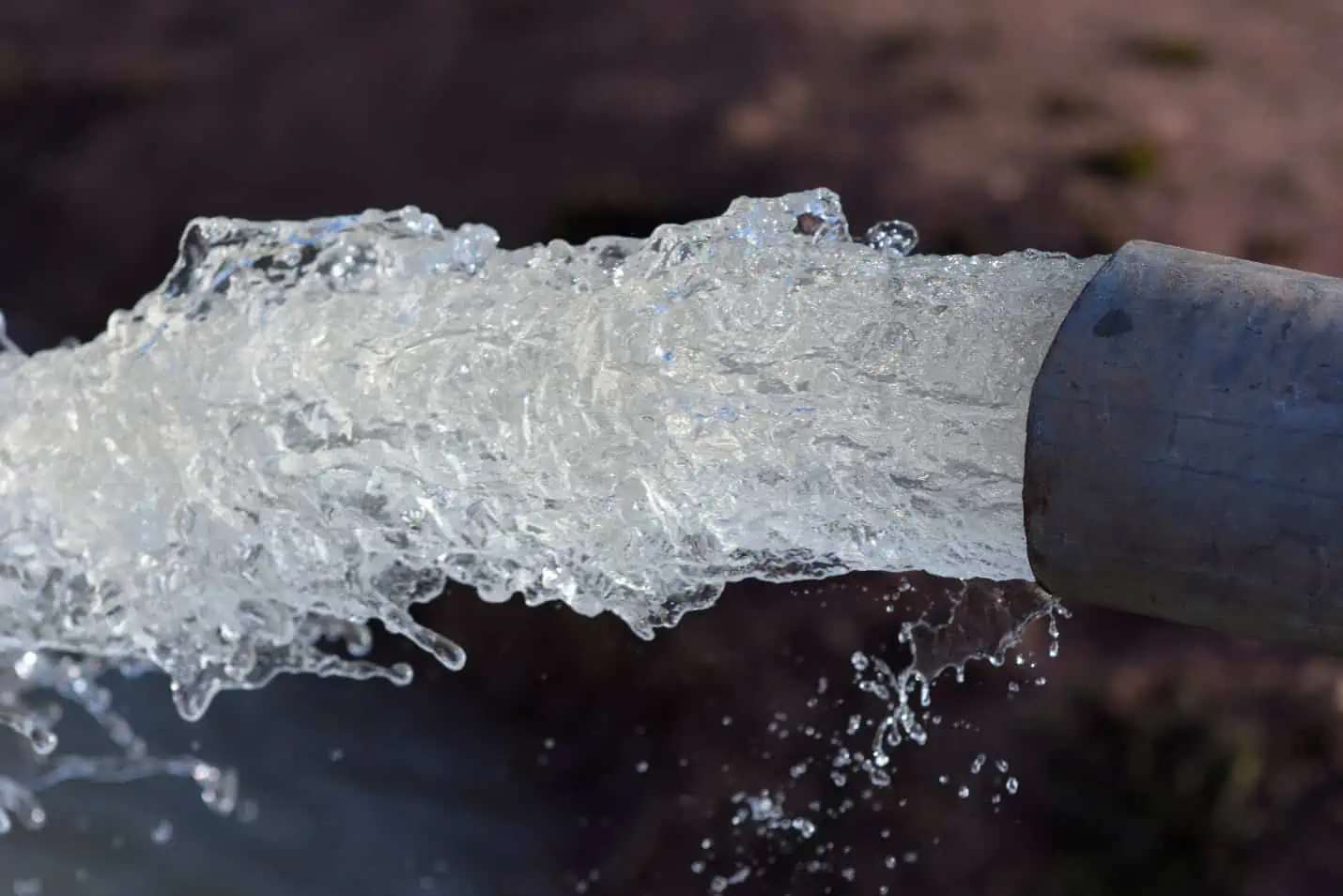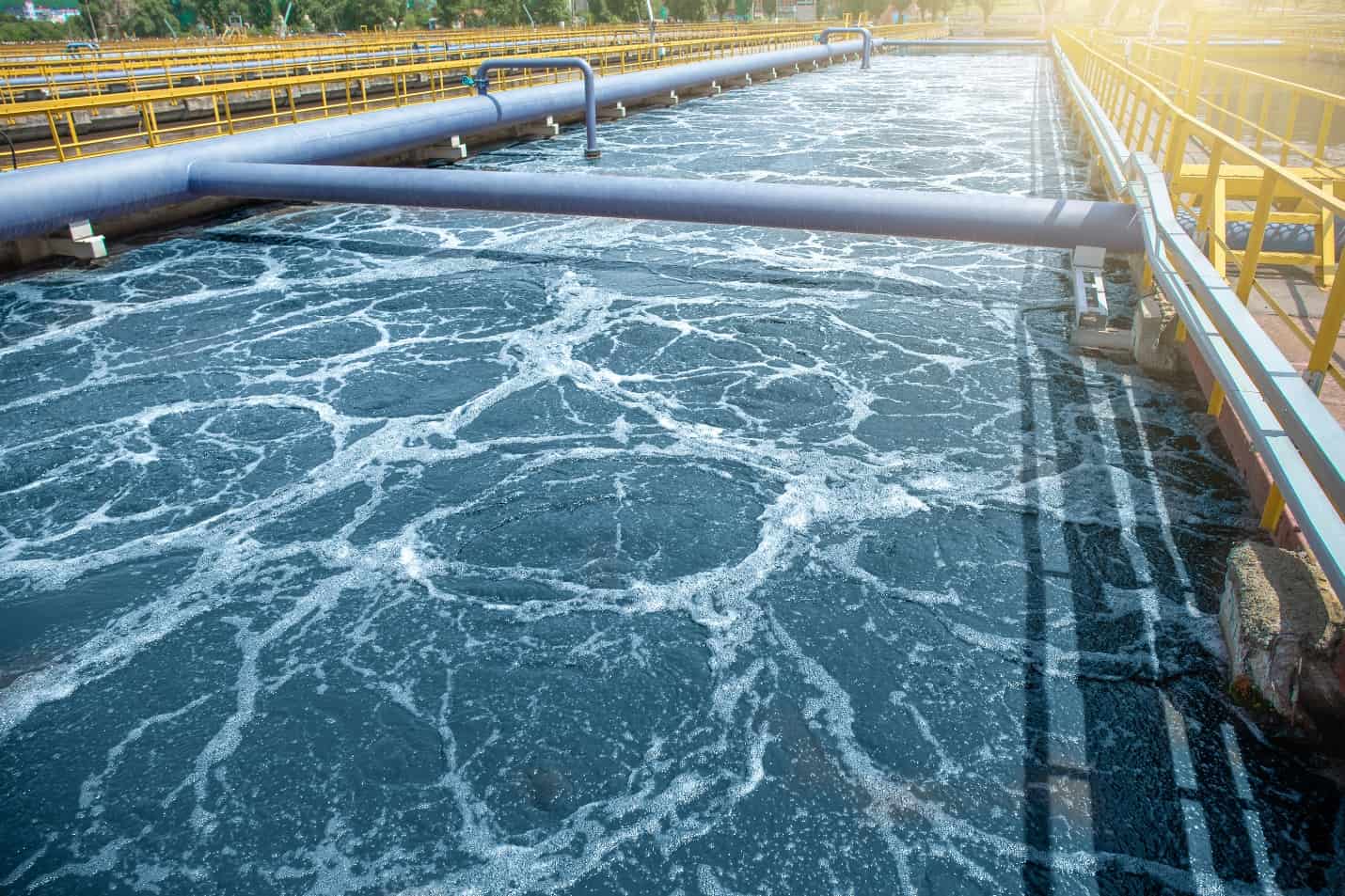Fluids can behave in many different ways depending on various factors such as temperature, velocity, pipe diameter, and fluid properties. Due to the numerous variables involved, categorizing fluid flow is essential to better understand and predict how fluids will behave in different situations.

In this article, we will explore the different types of fluid flow and the various categorizations used in the field of fluid mechanics.
Types of Fluid Flow Based on Flow Regime
The most common approach to categorizing fluid flow in pipes is based on flow regime. Flow regime refers to the characteristic behavior of a fluid as it flows through a pipe, and is primarily based on the Reynolds number— a dimensionless parameter that describes the ratio of inertial forces to viscous forces in the fluid.
There are three flow regimes: laminar flow, turbulent flow, and transitional flow.

Elevate Your Engineering With Excel
Advance in Excel with engineering-focused training that equips you with the skills to streamline projects and accelerate your career.

Laminar Flow
Laminar flow occurs when fluid particles move in parallel layers or “streamlines.” In this regime, there is minimal mixing between layers, and flow is smooth and orderly. For fluids moving through circular pipes, the flow is generally considered laminar if the Reynolds number is less than 2,300.
Turbulent Flow
Turbulent flow is characterized by chaotic and disordered movements of fluid particles. In this regime, particles move in irregular patterns, resulting in significant mixing and energy dissipation.

The Reynolds number for turbulent flow typically exceeds 4,000. Turbulent flows can exhibit higher resistance to fluid motion, which may impact pipe system performance.
Transitional Flow
Transitional flow lies between laminar and turbulent flow, exhibiting characteristics of both regimes. As the name suggests, this is the transitional phase between laminar and turbulent flow patterns.
The flow patterns in the transitional regime are irregular and not well-defined. Vortices and eddies may form, but they are not as organized or persistent as in turbulent flow. This makes the transitional flow regime unpredictable and harder to analyze than the other two regimes.
Steady and Unsteady Flow
Steady flow occurs when the fluid’s velocity at a point does not change over time. In this type of flow, variables such as pressure, density, and flow rate remain constant. Steady flow is often seen in pipelines with consistent operating conditions, leading to predictable and efficient systems.

Unsteady flow, on the other hand, is when the fluid’s velocity at a given point changes over time. Variables like pressure, density, and flow rate can fluctuate, making the system less predictable. Unsteady flow often occurs when there are changes in operating conditions, such as startup, shutdown, or variations in demand, leading to potential inefficiencies and challenges in maintaining optimal performance.
Compressible and Incompressible Flow
Compressible flow occurs when the fluid’s density changes significantly due to changes in pressure or temperature. In these situations, the fluid’s behavior is influenced by these properties. Examples of compressible flows include high-speed gas flow in pipes and nozzles or high-pressure gas transmission pipelines.
In compressible flows, Mach number is an important parameter to consider. The Mach number is the ratio of the fluid velocity to the local speed of sound. When the Mach number is less than 0.3, fluid flow can usually be treated as incompressible, even in gases.
Incompressible flow occurs when the fluid’s density remains constant during its motion, despite changes in pressure or velocity. Incompressible fluid flow is commonly seen in liquids such as water and oil circulating in pipes or hydraulic systems.
In incompressible fluid flow, the Reynolds number helps in determining the flow’s nature—whether it is laminar or turbulent. To analyze incompressible flows, the continuity equation and Bernoulli’s equation are often applied. These equations are widely used in fluid mechanics for evaluating problems related to pipe flow, pressure, and velocity distributions.
Rotational and Irrotational Flow
Rotational flow, also known as vortex flow, is a type of fluid flow in which fluid particles follow a circular path. In this flow, the fluid elements have an angular velocity and exhibit rotational motion. It typically occurs when a fluid moves around a solid object or through a curved pipe.

In rotational flows, the fluid’s angular velocity is not uniform throughout but varies with its position. The shear stresses generated from these flows lead to energy dissipation and a pressure drop.
Irrotational flow, on the other hand, occurs when fluid particles move without rotation. In this type of flow, the fluid elements have zero vorticity (rate of rotation) and conserve their initial orientation while moving along the flow path. It is an idealized flow condition used in fluid dynamics for simplification purposes.
In irrotational flows, the absence of vorticity results in less energy dissipation and potential flow conservation. An example of this flow can be found in steady, inviscid (negligible viscous effects) fluid movement, where external forces don’t introduce rotational effects.
Uniform and Non-Uniform Flow
Uniform flow occurs when the fluid’s velocity at any point remains constant over time. In uniform flow, the fluid properties, such as pressure and temperature, also stay constant. This type of flow is typically found when fluid moves through a pipe with a constant diameter and steady conditions.
In contrast, non-uniform flow is characterized by variations in the fluid velocity and properties throughout the pipe. This can be due to changes in the pipe’s geometry, uneven pressure distribution, or the presence of obstructions. Non-uniform flows can be further classified into two categories: gradually varied and rapidly varied.
